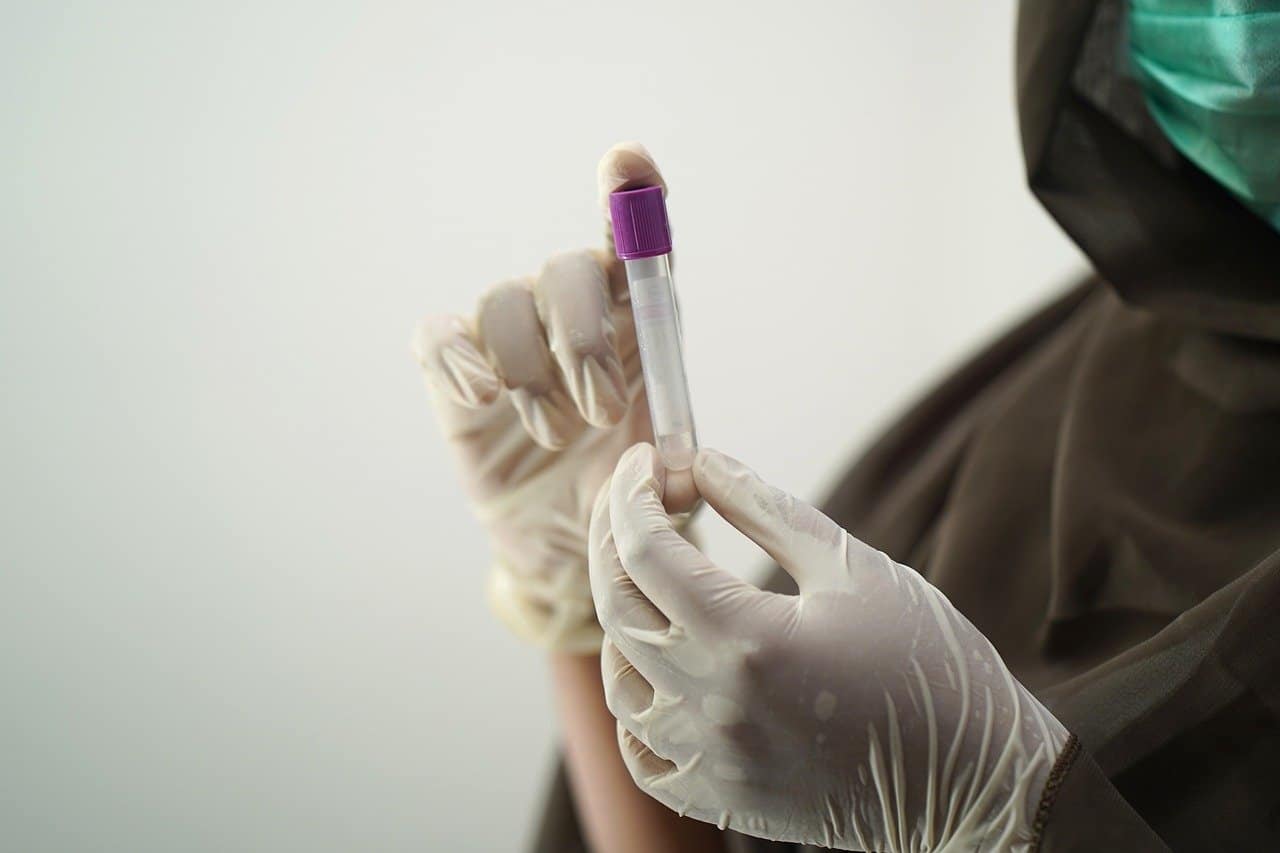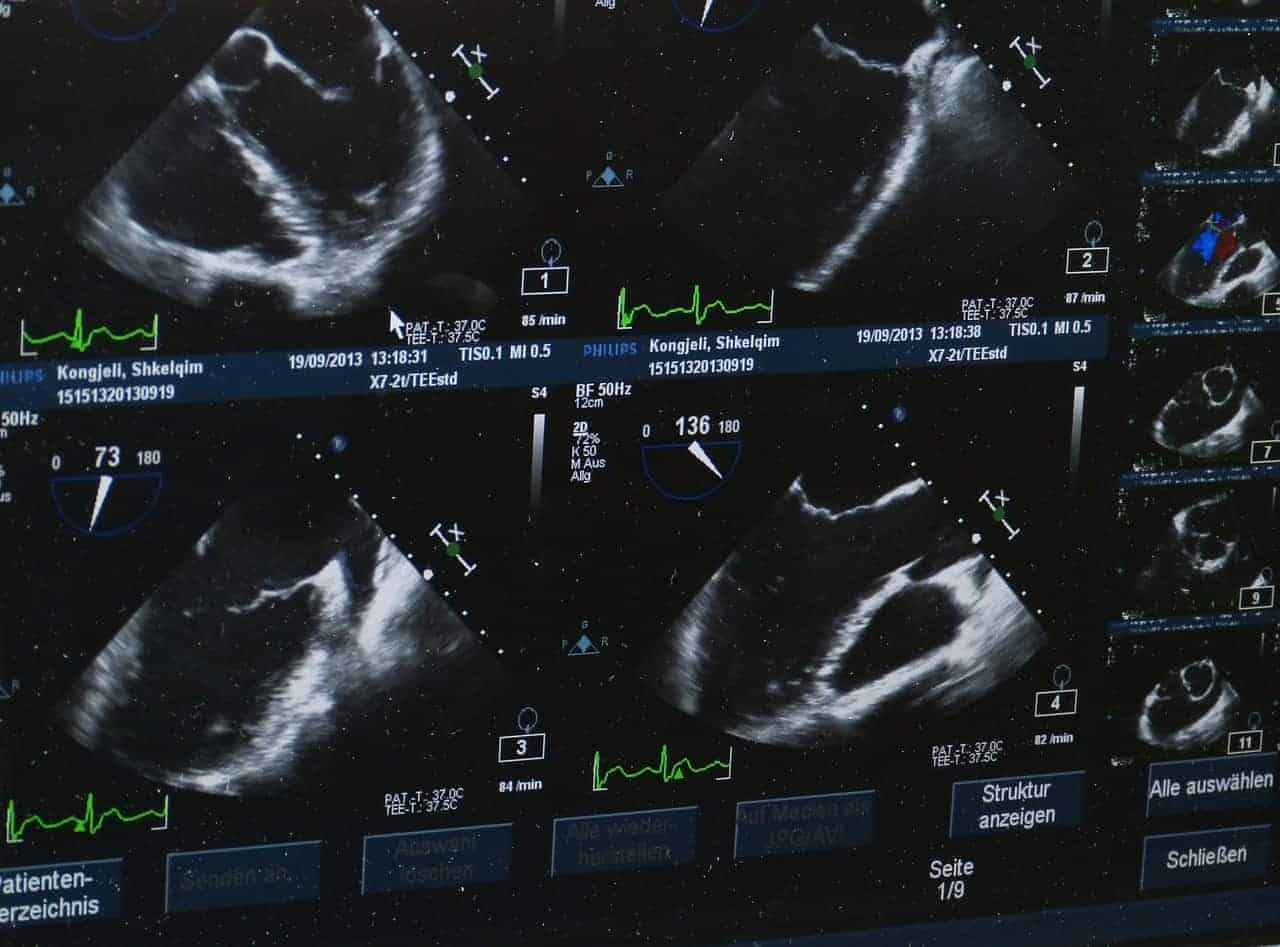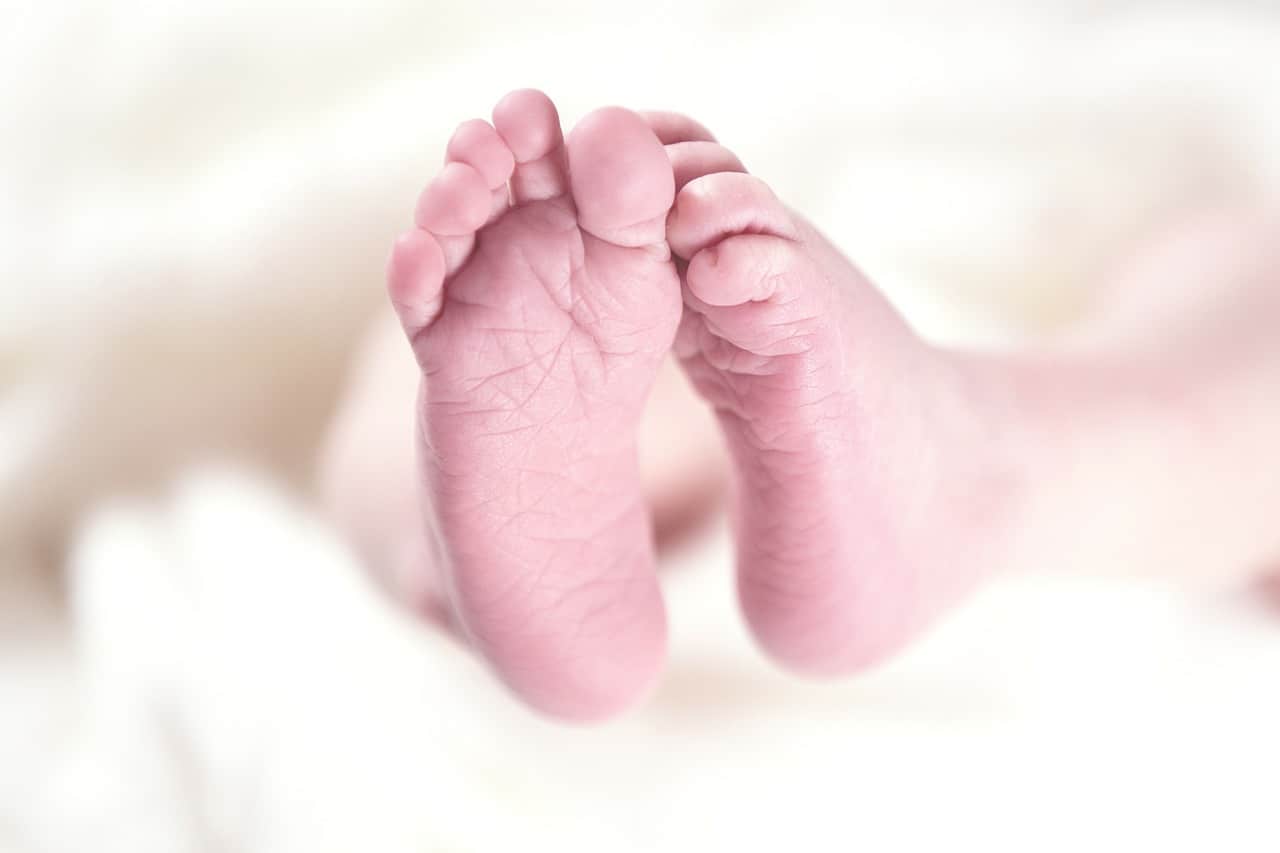Getting pregnant may seem effortless for most couples, but it is not the case for everyone. In fact, even for a healthy couple, the chances of getting pregnant are only between 15 to 25 percent in a month. This percentage is even lower for couples with infertility issues.
Success stories are extremely common to couples with unexplained infertility. After undergoing one or a few more treatments, they usually succeed in getting pregnant. Their stories are worth hearing, and they can even uplift other couples who are also having the same struggles as them.
This article will briefly discuss what unexplained infertility is and share some of the most inspiring success stories of couples who had this struggle. It will tell the journey that these couples went through before they finally succeeded in getting pregnant.
What is Unexplained Infertility?

Infertility is generally defined by the inability of a couple to get pregnant after 1 year of regular, unprotected sexual intercourse. Meanwhile, unexplained (or idiopathic) infertility is a diagnosis of elimination. It means that the cause of infertility is unknown, both for the man and woman. Couples get tested to determine the problem, but the results show that everything is normal.
Therefore, unexplained infertility essentially means that the patients are good on paper, but in actuality, things are not working out as they should. Despite being categorized as “unexplained,” the cause of infertility is existent, but it is too subtle and cannot be detected by current technology.
Couples with unexplained infertility tend to undergo the usual standard assisted reproductive technology (ART) methods. The stories of success using the different methods will be shared in this article.
Success with IUI and IVF

Recent studies showed that a method called FASTT (Fast Track And Standard Treatment) for patients with unexplained infertility yields a higher success rate at a lower overall cost compared with continuous use of IUI with Clomid alone. The FASTT method suggests that after three unsuccessful IUI with Clomid trials, the couple should attempt IVF treatment.
Unexplained Infertility Success Stories
Grace’s Unexplained Infertility Success Story
Grace and her husband, Lucas, were in their third month of having unprotected sex when they first began to worry. They immediately talked to Grace’s general physician and asked for a referral to a fertility specialist.
The couple was advised to undergo several tests to find the problem. Lucas had his semen tested and analyzed. Grace, on the other hand, underwent ultrasound and blood tests to check the levels of her hormone and determine if she’s ovulating.

The test results came back, and everything was normal. Their case was an “unexplained infertility.” At first, they were hesitant to take any treatment due to financial reasons, but with the help of their insurance, they managed to save some dollars and so decided to proceed.
Grace had a total of three IUI cycles with Lucas’ sperm. The first cycle was a basic IUI method, whereas the next two cycles were aided by Clomid. The Clomid medication increased her egg production, but unfortunately, both cycles did not result in pregnancy.
The consecutive failed trials left the couple devastated, and they even needed the help of a counselor to cope with the emotional toll. Until finally, their fertility specialist advised them to try IVF treatment with pre-implantation genetic screening (PGS). Most miscarriages and almost half of implant failures are due to abnormalities in the chromosome. With PGS, the chances of IVF success greatly improve.
After two weeks of hCG injections, egg retrieval, and laboratory egg fertilization, their embryos were evaluated, and the healthiest ones were placed back in Grace’s womb. They had to wait for another two weeks to confirm their pregnancy. It tested positive, and nine months later, Grace gave birth to a baby girl.

“All the effort, all the waiting, all the anxiety was worth it to finally have our little princess,” Lucas said.
Jane’s Unexplained Infertility Success Story
Jane and Alex started trying to conceive in 2009. They used ovulation test kits to aid their efforts and looked through Google for any useful information. After nearly 2 years of trying, they finally decided to consult their physician.
In October 2011, the couple took several tests, which all came back normal. They were referred to another consultant in 2012 and had to undergo some further tests, which also showed that everything was fine. Thus, they were diagnosed with “unexplained infertility.”

Jane and Alex had two IUI cycles at their local clinic, but both were unsuccessful. After these attempts, the doctor advised them to consider having an IVF treatment at another clinic.
Three years after they first started trying to conceive, the couple began their first cycle of IVF. Luckily, they received one round of NHS funded treatment, so in total, they decided that they could afford 3 treatments at maximum.
During their first cycle, Jane had nine eggs retrieved from her; however, only two were healthy enough to be transferred back to her womb. After two weeks of agonizingly waiting, the pregnancy test came back negative.

In July 2013, the couple started their second IVF cycle. Jane also started acupuncture to improve their chances. This time, eight eggs were collected from her and were fertilized. For the fertilization, they decided to use intracytoplasmic sperm injection (ICSI) to increase their chances. Out of the eight eggs, only two survived and were transferred to her uterus. Unfortunately, the treatment was still unsuccessful.
For their third IVF cycle, and last that they could afford, they again tried another approach. They decided to include an endometrial scratch, which is performed prior to egg retrieval to help the embryos implant in Jane’s womb. Six eggs were collected from her, and these were fertilized using ICSI. Three embryos were available for transfer, but one of them was observed to be dividing abnormally; thus, only two were actually transferred to her womb. This time, the treatment worked. Jane became pregnant. Nine months later, in August 2014, she gave birth to their baby Ian.

“He looks so content and was sleeping through the night carelessly. He is completely perfect and means everything to us,” Jane said.
Increasing the Chances of Success
For cases where the specific cause of infertility could not be identified, lifestyle changes and at-home approaches could improve the chances of pregnancy. Possible ways include eating a healthy diet, exercising regularly, and quitting smoking and excessive drinking. Following these small steps are key to developing a healthy body for future pregnancy.

There are 12 chances of getting pregnant every year that only occur during the woman’s ovulation period each month. Couples who are, and even those who are not, diagnosed with unexplained infertility may use ovulation kits in order to determine the exact date of a woman’s ovulation. To maximize the potential of conceiving naturally, the couple should try either on the day of, or the day after, the kit reports ovulation.
Final Thoughts
Unexplained infertility is common among couples. Fortunately, most of them succeed at getting pregnant after taking fertility medications or having one or a few more fertility treatments. Their success stories can inspire others and give hope to those who are having the same struggles as them. Their success stories are proof that a miracle can happen to anyone.